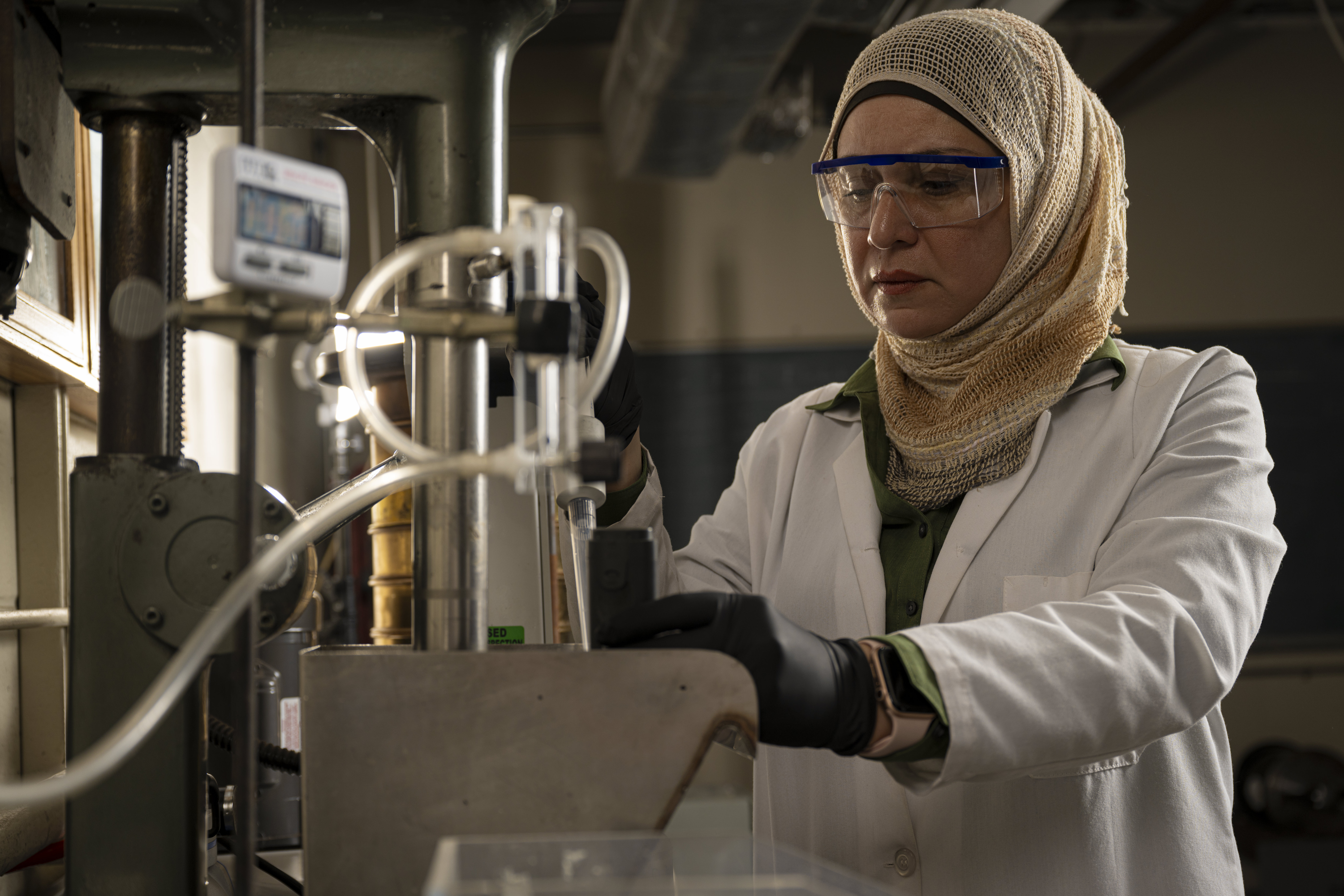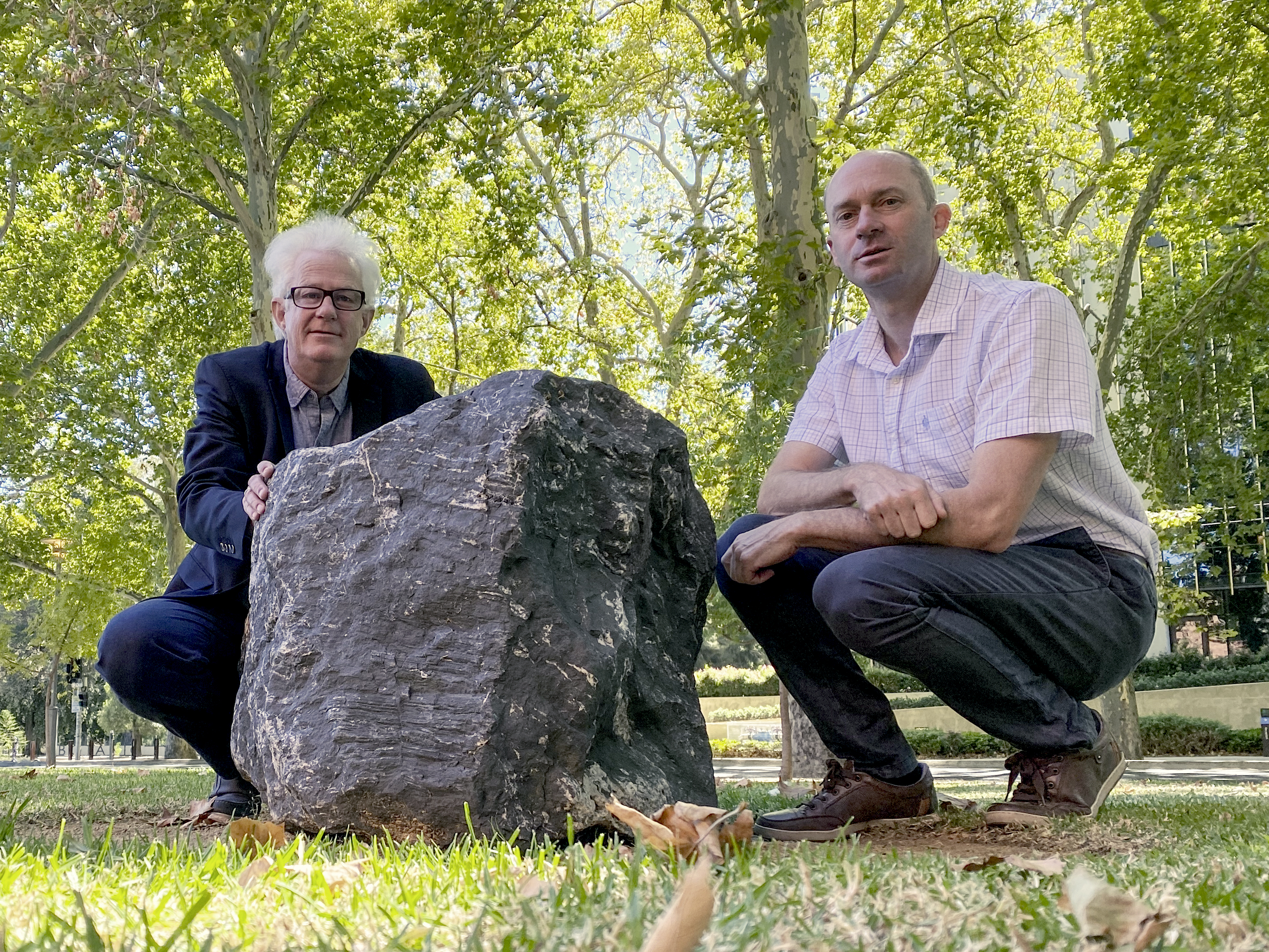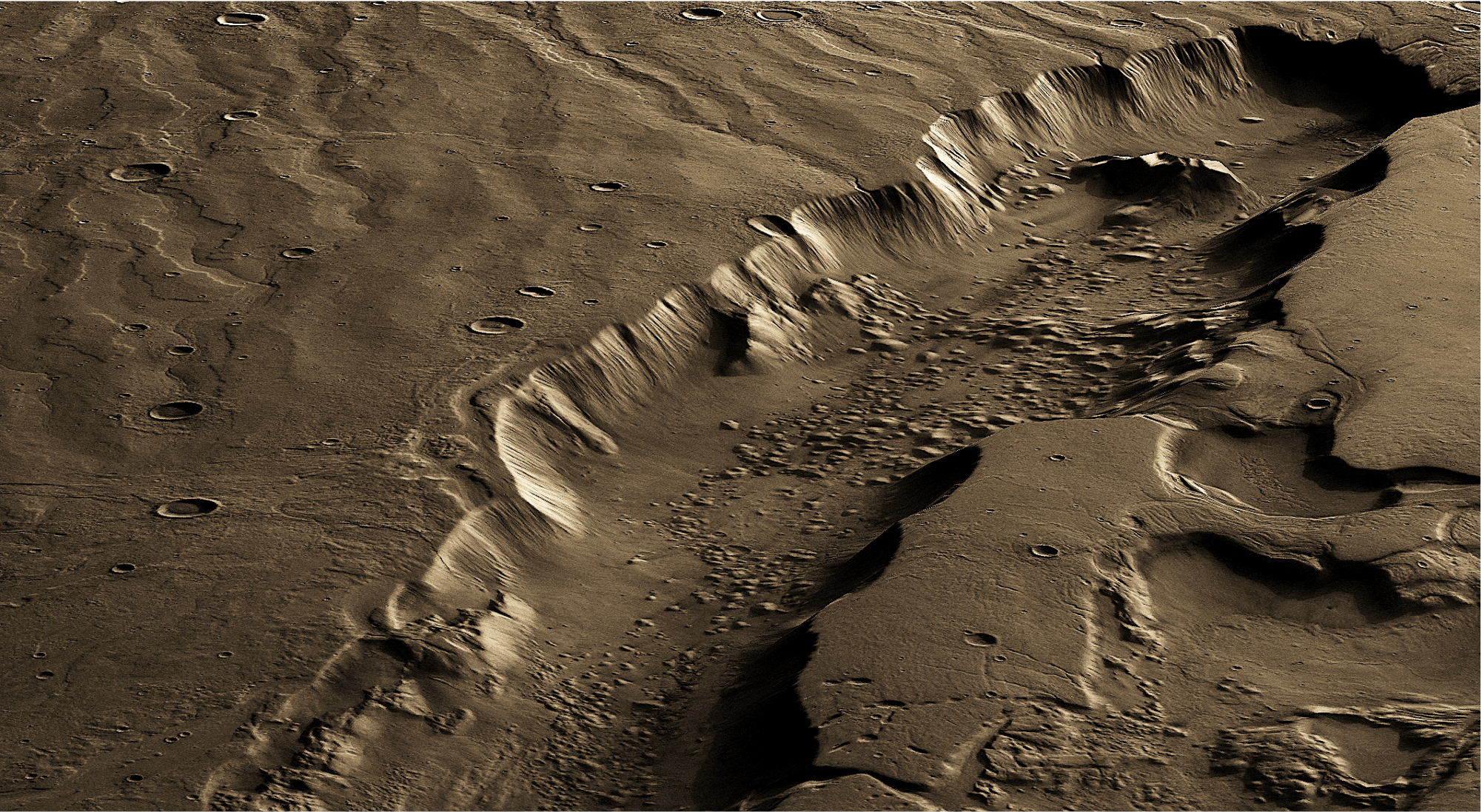A nontoxic separation process recovers critical minerals from electronic scrap waste.
Tag: Minerals

Missouri S&T professor receives $875,000 from Rio Tinto for critical minerals research
A Missouri University of Science and Technology professor has been awarded $875,000 from Rio Tinto, a global mining group, for a two-year project researching new techniques to recover critical minerals in the waste byproducts that come from extracting and refining copper.
Scientists reveal the first unconventional superconductor that can be found in mineral form in nature
Scientists from Ames National Laboratory have identified the first unconventional superconductor with a chemical composition also found in nature.
Global study reveals extensive impact of metal mining contamination on rivers and floodplains, suggesting need for new safeguards to address spike in demand for ‘green’ minerals
A groundbreaking study, published today in Science, has provided new insights into the extensive impact of metal mining contamination on rivers and floodplains across the world, with an estimated 23 million people believed to be affected by potentially dangerous concentrations of toxic waste.
Microbial miners could help humans colonize the moon and Mars
The biochemical process by which cyanobacteria acquire nutrients from rocks in Chile’s Atacama Desert has inspired engineers at the University of California, Irvine to think of new ways microbes might help humans build colonies on the moon and Mars.
Titan-in-a-glass experiments hint at mineral makeup of Saturn moon
Titan, Saturn’s largest moon, has a dense atmosphere and weather cycles like Earth. Now, researchers have recreated the moon’s conditions in small glass cylinders, revealing properties of two molecules believed to exist as minerals on Titan. They will present their results at ACS Fall 2021.

Critical mass of talent and expertise
Ongoing and secure supply of critical minerals is essential to the transition to a high-tech and clean energy world.
Launched on Thursday 11 March, the University of Adelaide’s Australian Critical Minerals Research Centre will carry out multidisciplinary research in the discovery and extraction of critical minerals to benefit society.

How Rocks Rusted on Earth and Turned Red
How did rocks rust on Earth and turn red? A Rutgers-led study has shed new light on the important phenomenon and will help address questions about the Late Triassic climate more than 200 million years ago, when greenhouse gas levels were high enough to be a model for what our planet may be like in the future.

Best Region For Life on Mars Was Far Below Surface
The most habitable region for life on Mars would have been up to several miles below its surface, likely due to subsurface melting of thick ice sheets fueled by geothermal heat, a Rutgers-led study concludes. The study, published in the journal Science Advances, may help resolve what’s known as the faint young sun paradox – a lingering key question in Mars science.